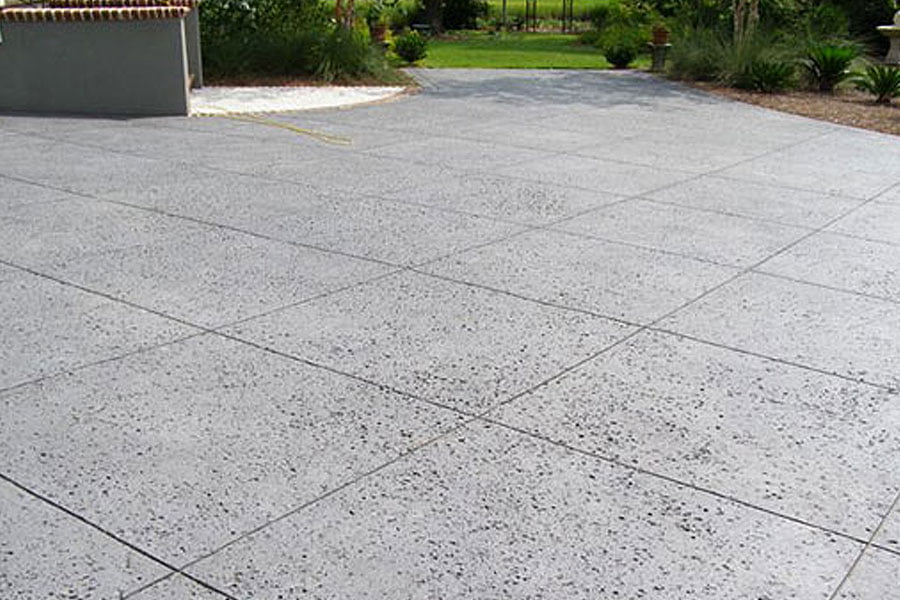Moisture content or water content in soil is a critical parameter that has a significant impact on the engineering behavior of soil. It influences the strength, stability, and compaction properties of soil, making it an essential factor in geotechnical engineering and construction projects. The moisture content test is a standard procedure to determine the amount of water present in a given soil sample. This article provides an overview of the moisture content test of soil, including the procedures, equipment, codes, and objectives.
Objective
The primary objective of the moisture content test is to quantify the water content in a soil sample. The results of this test provide valuable information for geotechnical engineers, helping them to understand the soil’s behavior, classify soil types, assess bearing capacity, and design foundations, retaining walls, and embankments.
Codes and Standards
The American Society for Testing and Materials (ASTM) and the International Organization for Standardization (ISO) have established standard methods for determining the moisture content of the soil. The most common methods include:
ASTM D2216: Standard Test Method for Laboratory Determination of Water (Moisture) Content of Soil and Rock by Mass
ISO 11465: Soil Quality – Determination of Dry Matter and Water Content on a Mass Basis – Gravimetric Method
Apparatus
The essential equipment required for conducting the moisture content test of soil includes:
- Analytical balance: A precision weighing scale with an accuracy of 0.01 grams or better
- Drying oven: Capable of maintaining a temperature of 110 ± 5°C (230 ± 9°F)
- Moisture cans or containers: Weighing dishes made of corrosion-resistant material, such as aluminum or stainless steel, with tight-fitting lids
- Spatula or spoon: For transferring and mixing soil samples
- Desiccator: A sealed container with a drying agent, used to cool the samples after oven drying
- Thermometer: To monitor the oven temperature
Moisture Content Test Procedure
The procedure for conducting the moisture content test of soil involves the following steps:
- Preparation of the soil sample: Collect a representative soil sample from the field or project site. Remove any organic material, rocks, or debris present in the sample.
- Weighing the container: Clean and dry the moisture cans or containers. Weigh each container (without the lid) using the analytical balance and record its mass (M1).
- Soil sample preparation: Fill the container with the soil sample to approximately half of its volume. Break down any soil clumps or lumps using the spatula or spoon, and ensure the sample is evenly distributed within the container.
- Weighing the wet soil sample: Place the lid on the container and weigh the container with the wet soil sample using the analytical balance. Record this mass (M2).
- Drying the soil sample: Place the container (without the lid) containing the wet soil sample in the drying oven. Set the oven temperature to 110 ± 5°C (230 ± 9°F) and dry the sample for 24 hours, or until it reaches a constant mass.
- Cooling and weighing the dry soil sample: After drying, remove the container from the oven using tongs or heat-resistant gloves and place it in the desiccator to cool down to room temperature. Once cooled, weigh the container with the dry soil sample using the analytical balance and record the mass (M3).
Calculating the moisture content
Calculate the moisture content (w) of the soil sample using the following formula:
w = [(M2 – M3) / (M3 – M1)] × 100
Reporting the results: The moisture content should be reported to the nearest 0.1% as a percentage of the dry mass. If multiple samples are tested, report the average moisture content along with the range of values obtained..
Limitations and Precautions
While the moisture content test of soil is a standard and widely used procedure, certain limitations and precautions must be considered:
- Organic and highly plastic soils: For organic soils or highly plastic clay soils, the drying temperature should be reduced to 60 ± 6°C (140 ± 11°F) to avoid the alteration of the soil structure or the burning of organic materials. In such cases, alternative methods, such as the alcohol or wax method, may also be considered.
- Sample representativeness: The accuracy of the test depends on the representativeness of the soil sample. It is crucial to ensure that the sample is collected and prepared correctly to avoid discrepancies in the results.
- Equipment calibration: The accuracy of the test relies on properly calibrated equipment, such as the analytical balance and the drying oven. Regular calibration and maintenance are essential to ensure reliable results.
- Drying time: The drying time may vary depending on the soil type and moisture content. It is essential to ensure that the soil sample has reached a constant mass before removing it from the oven.
The moisture content test of soil is a crucial procedure in geotechnical engineering and construction projects. It provides essential information on the water content in a given soil sample, which is necessary for understanding the soil’s behavior, classifying soil types, and designing foundations and other structures. By following the standard procedures, using the appropriate equipment, and adhering to the relevant codes and standards, engineers can obtain accurate and reliable moisture content data to support their projects.










